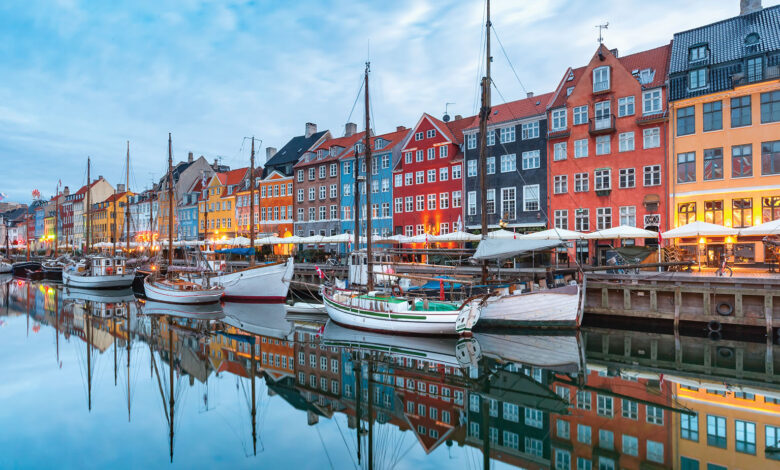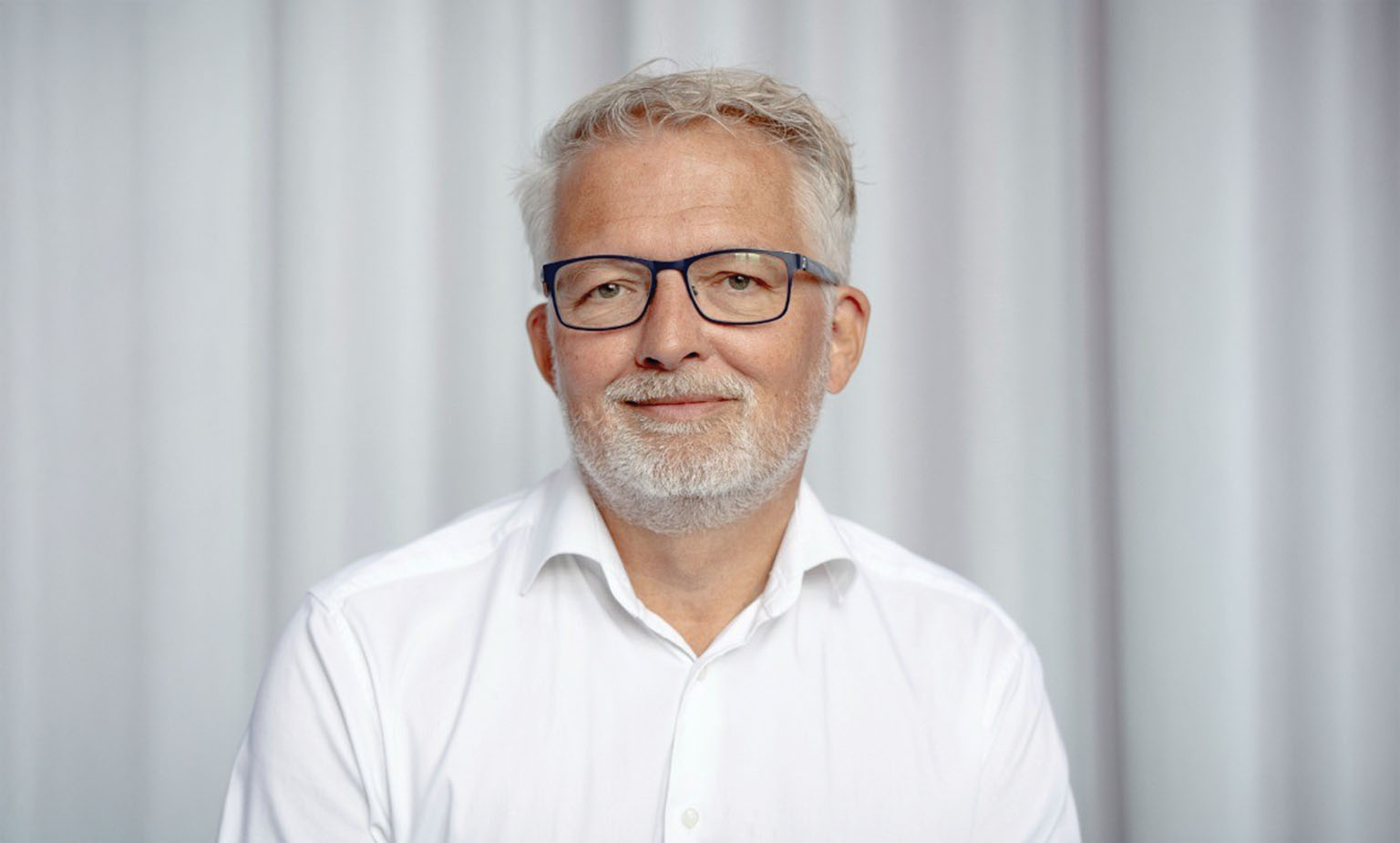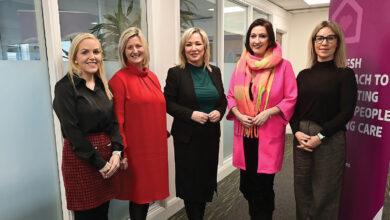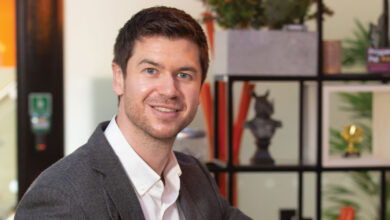Denmark’s nonprofit housing model

Bent Madsen, President of Housing Europe, outlines the key features of Denmark’s nonprofit social housing system, known locally as ‘almene boliger’, which translates to ‘common housing’.
Madsen emphasises that the approach to social housing in Denmark is not a traditional social housing, but rather a system designed for broad accessibility and community development. “It is called ‘almene boliger’ – meaning ‘common housing’ – because everybody can live in it,” Madsen says.
“We deliberately create mixed neighbourhoods. It is not just for low-income households; it is for students, elderly people, families, and workers.”
Denmark’s nonprofit housing makes up 20 per cent of the country’s total housing stock, comprising approximately 500,000 homes. Of these, nearly 100,000 are reserved for elderly residents, including care homes, while around 50,000 are designated for young people.
Accessibility
Access is managed through a waiting-list system, though wait times vary drastically. “In Copenhagen, you might wait years, but in rural areas, you could move in almost immediately.”
A key feature is the municipal assignment system, where one in every four vacant homes is allocated by local authorities for social purposes. “This could mean housing the homeless, newly divorced couples, or key workers,” Madsen noted. “During the Covid-19 pandemic, half of Copenhagen’s vacancies went to frontline workers facing housing pressure.”
The system also allows for flexible assignment, adjusting tenant criteria to support balanced communities. “In a struggling area, we might require new tenants to be employed. In another, we will prioritise families to stabilise the neighbourhood,” he said.
A long-term approach to finance
Nonprofit housing in Denmark is financed through a mix of municipal support (10 per cent upfront) and mortgage loans; the same market used for private homeownership. “We do not rely on banks. It is the mortgage system that funds us, just like any Danish homeowner,” Madsen explains.
The real innovation, however, is the Danish National Building Fund, a collective pool fed by repaid loans. “After between 30 and 40 years, mortgages are paid off, but the homes remain nonprofit forever,” he says, adding: “Two-thirds of the savings go into a national revolving fund, the rest stays local.”
This fund, he states, finances renovations, accessibility upgrades, and health services: “We are not just maintaining buildings; we are investing in communities. Right now, we are testing small clinics in housing areas to keep elderly residents out of hospitals.”

“It is not about profit. It is about people.”
Housing Europe President Bent Madsen on the philosophy underpinning social housing in Denmark
Data-driven support
Nearly 200,000 residents live in areas with ‘social master plans’. Madsen explains that social master plans are “holistic strategies that combine education, employment, and health interventions”. The Housing Europe President says that these comprehensive data systems allow for precise targeting of services.
“We know where you live, work, how your kids perform in school, even your health history,” Madsen says. “We use this anonymously to identify needs. Surprisingly, part-time jobs for teens improve school performance more than tutoring. We did not expect that.”
The plans also integrate crime prevention, employment support, and volunteer networks. “In some areas, outcomes for vulnerable families are now better than in private housing,” he notes.
Service delivery challenges
Currently, 44 per cent of Denmark’s schizophrenia patients and twice the national average rate of patients with chronic diseases live in nonprofit housing. In this context, Madsen sees an urgent need for decentralised healthcare.
The solution, he states is to decentralise the Danish healthcare system to allow for a community care model where patients are treated in their house, which, he asserts, would ensure that there is equality of access to high-quality healthcare in the Nordic state, which is especially prudent given that the Nordic state is comprised of 70 inhabited islands which makes service delivery challenging.
He also outlines how the Danish Government is piloting hospital-at-home concepts. “If we can reduce hospital visits, we improve lives and save costs,” he says.
Community builders and not landlords
Madsen concludes by outlining the differentiation in the philosophy of social housing in Denmark compared to other European countries, including the Uk and Ireland
“We do not see ourselves as landlords. We are community builders. The Danish model proves housing can be both equitable and sustainable if you design it that way.”
For Denmark, the success of ‘almene boliger’ lies in its permanence, inclusivity, and adaptability. As Madsen put it: “It is not about profit. It is about people.”





